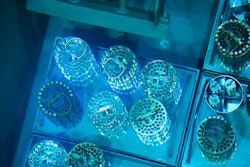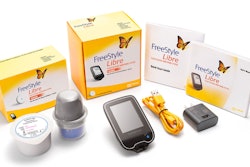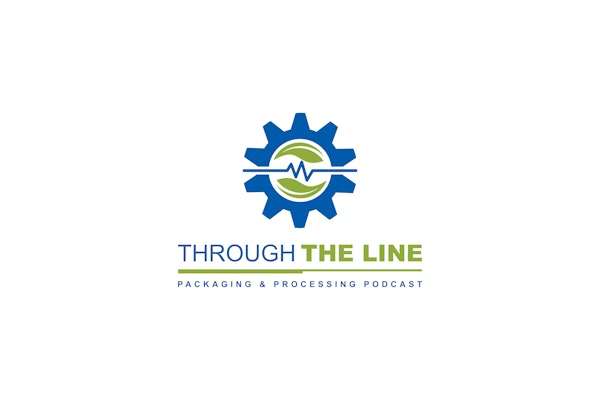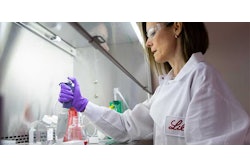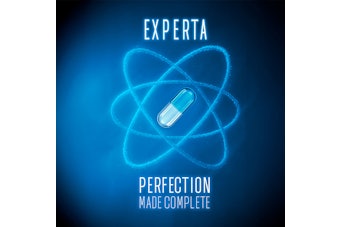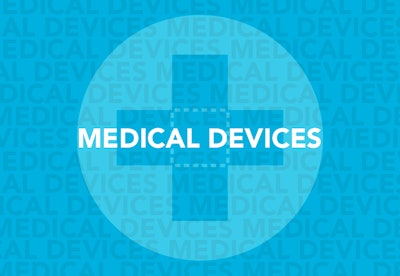
The FDA must walk a thin line as new med device technology is developed. If they move too slowly on approving devices, they’re accused of blocking patient access. Move too quickly, and some view their actions as a sign that they’re not evaluating and taking patient safety seriously. It’s a tough balance to strike.
This week, Commissioner Gottlieb released a statement on new moves as part of the Medical Innovation Access Plan. In the statement, Gottlieb acknowledged the often-iterative process of small modifications to existing med devices, which incrementally add up to major improvements.
“Over time, these cumulative advances are consolidated into more noticeable advances in the performances of different technologies. Therefore it’s important for the FDA to enable innovators to have the flexibility to efficiently make these kinds of small modifications,” he said. “At the same time, the FDA needs to establish modern tools and benchmarks for measuring the safety and performance of devices to make sure they’re delivering the expected benefits to patients.”
The steps and goals outlined in this week’s release include:
- Qualification of a medical device development tool (MDDT), with the goal of providing “a more objective platform for developing devices in a key area of medicine – cardiovascular health.” The aim of the 23-item questionnaire is to provide an efficient and accurate way to measure risk and benefit in device development, and help innovators quantify how much a device could improve quality of life for a patient.
- The announcement that more device development tools are expected in the coming months. According to the release, “Such development tools can also help minimize the use of animal studies, reduce the duration of testing, or require fewer patients in a study by optimizing patient selection or improving on the ability to measure benefit and risk through the availability of measurements that are more sensitive for assessing these outcomes.” FDA experts from the Center for Devices and Radiological Health (CDRH) issued a blog on the program.
- The release of three new med device-related guidance documents: one draft guidance on FDA’s new “Breakthrough Devices Program” (part of the 21st Century Cures Act) and two final guidance documents intended to help “innovators determine when they need to submit a new 510(k) prior to making a change to a legally-marketed device subject to premarket notification (510(k)) requirements.”
The first guidance builds on the Expedited Access Pathway (EAP) program, to help patients gain access to devices when they’re needed to diagnose or treat life-threatening or irreversibly debilitating diseases or conditions. In light of the special (and time-sensitive) circumstances, the guidance promotes earlier and more frequent interaction between the FDA and manufacturers.
The FDA’s review standard remains in effect that a new 510(k) is required for changes that could significantly affect safety or effectiveness (including software changes).
But the two final guidances help innovators decide when a new 510(k) is needed. “This improved clarity will help lower the barriers to innovation and improve patient care by reducing unnecessary submissions to the FDA for changes that could not significantly affect device safety or effectiveness, so patients can benefit from upgraded products more quickly,” Gotlieb notes. “Many devices function as tools in the hands of physicians. They benefit from feedback from doctors that helps innovators make small adaptations to improve a device’s performance. A regulatory framework that fosters this kind of useful revision is a key to improving their safety and performance.”
New Documents:
1. Draft Guidance: Breakthrough Devices Program: Draft Guidance for Industry and Food and Drug Administration Staff
2. Final Guidance: Deciding when to Submit a 510(k) for a Change to an Existing Device; Guidance for Industry and Food and Drug Administration Staff
3. Final Guidance (Software): Deciding when to Submit a 510(k) for a Software Change to an Existing Device; Guidance for Industry and Food and Drug Administration Staff
4. Qualification of Medical Device Development Tools



